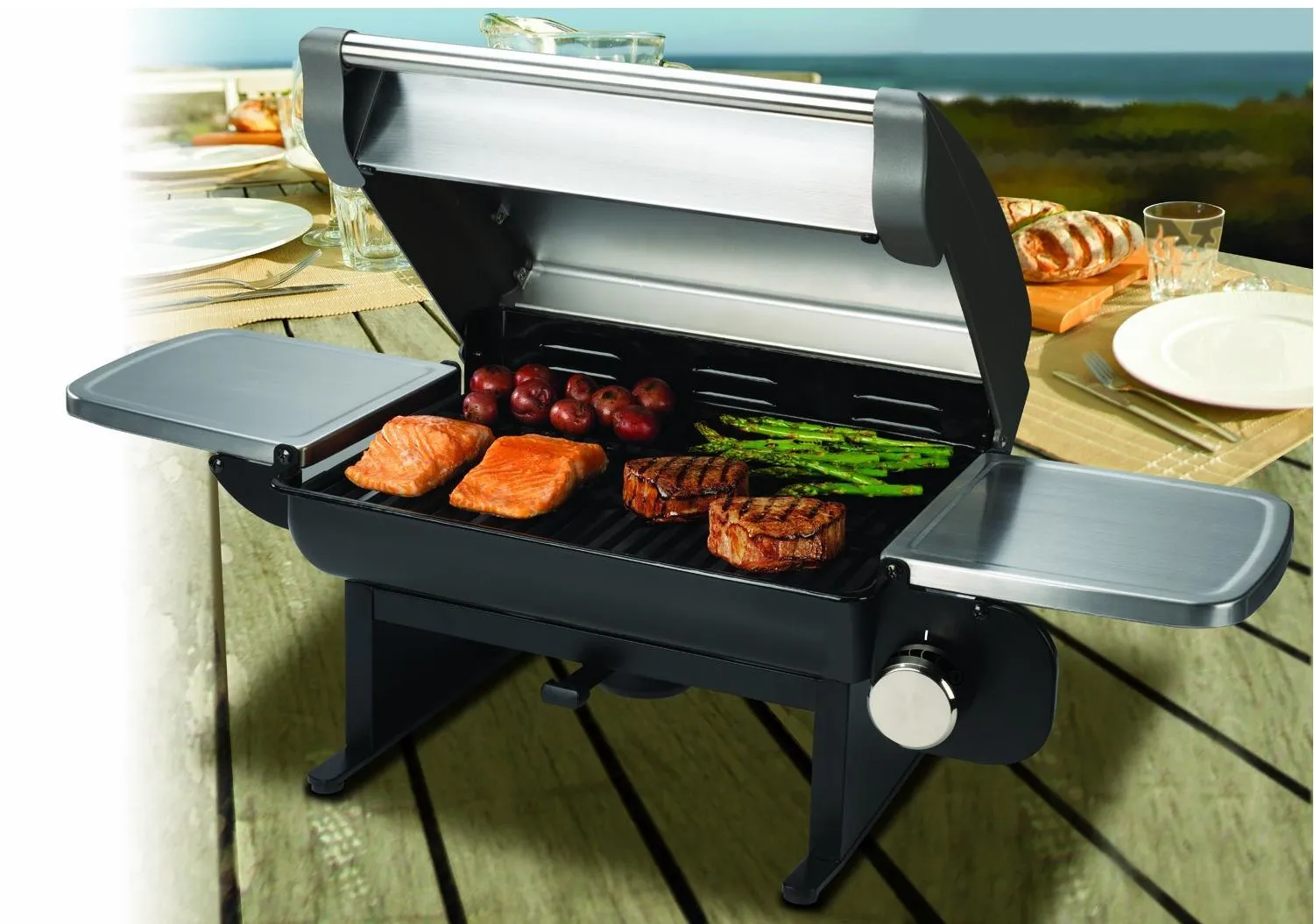
Best Wood to Burn in a Fire Pit

A Guide to Heating with Wood
It’s almost May. Now that the weather has turned warmer and the black flies have become friendly again, I can forget about firewood until October, or maybe even November. When it turns colder, and my wife, Lou, begins threatening to turn on the electric heat, I’ll start thinking about firewood again. I’ve always been that way. When we don’t need the heat, I don’t worry about the firewood.
My traditional reaction to the electric heat threat was to go find the chain saw, get it back into operating condition, and cut some wood. Then split it and get it into the basement. In a week or 10 days, when we were down to a few sticks, I’d repeat the whole ghastly process.
We always had wet wood that was hard to light. It didn’t really produce much heat, so we had to use more of it. We had smoky fires that coated the inside of the chimney with creosote and dribbled black goo from the stovepipe onto the floor. We had one real dandy of a chimney fire that filled the house with smoke and drove us out. Fortunately, the chimney was new and well made, so it didn’t set fire to the house. In short, burning wood was a messy, inconvenient and even dangerous proposition.
Then, one winter, someone was moving, and I got a tremendous bargain on several cords of DRY hardwood. That winter, the things that I’d always known to be theoretically true were proved. The dry wood burned cleanly with little or no smoke. We didn’t get creosote in the chimney or gooey dribbles on the floor. The wood was easy to light and burned hotter: less wood made more heat. Life was good.
I’ve already admitted to being lazy, but I’m also a tightwad. If I can get a return of 18 percent (see Table 1) on my investment of time, labor and money by burning dry wood, that sounds like a good idea. So I’ve rearranged some of my priorities.
| Table 1: Heating Values of Wood Based on Moisture Content | |
| Percent of Moisture | Percent of Usable Heat |
| 0 (oven dry) | 103.4 |
| 4 | 102.7 |
| 20 (air-dried hardwood) | 100.0 |
| 40 | 96.5 |
| 80 | 89.7 |
| 100 (green hardwood) | 85.0 |
| Note: 100% (dry) – 85% (green) ÷ 85% = .176 = approximately 18% |
| Table 2: Approximate Weight and Heating Value Per Cord (80 cu. ft.) of Different Woods, Green and Air Dry (Approximately 20 Percent Moisture Content) | ||||
| Wood | Green | Air Dry | ||
| Weight in Pounds | Weight in Pounds | Available Heat, Million BTU1 | Equivalent in Gallons of Fuel Oil2 | |
| Ash | 3,840 | 3,400 | 20.0 | 204 |
| Aspen | 3,440 | 2,160 | 12.5 | 128 |
| Beech, American | 4,320 | 3,760 | 21.8 | 222 |
| Birch, yellow | 4,560 | 3,680 | 21.3 | 217 |
| Maple, red | 4,000 | 3,200 | 18.6 | 190 |
| Maple, sugar | 4,480 | 3,680 | 21.3 | 217 |
| Oak, red | 5,120 | 3,680 | 21.3 | 217 |
| Oak, white | 5,040 | 3,920 | 22.7 | 232 |
| Pine, eastern white | 2,880 | 2,080 | 12.0 | 1 |
| Table 3: Approximate Stacked -Volume of a Cord of Wood, Cut and Split | ||
| Length | Approximate Cubic Feet | Approx. Percent Shrinkage from 128 Cubic Feet |
| 48″ | 128 | 0 |
| 24″ | 110-113 | 12 |
| 16″ | 103-107 | 16 |
| 12″ | 100-103 | 20 |
I’m still not going to worry about firewood until October or November. That’s because the wood for next winter was cut, split and piled in the woodshed a year ago, and I’ve just finished putting up wood for the winter after next. When we need it, all I’ll have to do is bring it in. It will be clean and dry and safe to burn. Maybe best of all, I won’t be out in the howling blizzard in the dead of night trying to get enough wood to stay warm for a few days. All of that’s enough to make a lazy man smile.
If you would like to become a “lazy tightwad” about firewood, it’s not too late to start. If you put up your wood for next winter in April, it should dry to a moisture content of 25 to 30 percent by the time you need it. At this moisture level, it will burn pretty well, much better than green. Try to pile it off the ground (used pallets are free and work nicely) in the sun and cover the top . Don’t cover the sides of the pile. You want air to move through. If you can get two years ahead, you will have wood at about a 13 to 15 percent moisture content. Burning wood this dry is almost a luxury and is what prompted me to build my woodshed.

An old ATV tire is fastened with wood screws to the top of a chopping block. Wood to be split is placed inside the tire.
More Firewood Laziness
When I wrote the above article for Cooperative Extension’s newsletter, Maine Farms and Forests, my neighbor hadn’t moved away yet. He’s the neighbor who owned the hydraulic wood-splitter. Since he was long on money to buy toys and short on mechanical aptitude, and I am the exact opposite, we had a wonderful relationship. I kept his machinery serviced and running in exchange for the privilege of using it.
Anyway, he moved away and took his splitter with him. So I found myself doing something that I haven’t done for years — splitting wood with a maul. Remember, I’m a tightwad and wouldn’t even consider hiring a splitter, let alone buying one! If you’re not with me on this, you might as well skip the rest of this fact sheet, since we’re not on the same wavelength.
Wood Splitting the Old Way
First, I place a chunk of wood on the chopping block and deliver a mighty swing of the maul. One of two things happens: 1) the wood splits into two pieces, each of which fly in opposite directions, and I have to chase them for the next split or to throw them onto the pile, or 2) it doesn’t split and promptly falls off the chopping block, so I have to pick it up and put it back before trying again. Either way, this represents too much wasted work for me!
Wood Splitting the Lazy Way
My attempts to ease my work load finally led to the following acceptable solution. I got a big, worn-out ATV tire about 14 inches wide and about two feet in diameter. It was free from a dealer who would have had to pay to get rid of it. I cut out most of both sidewalls with tin-snips and fastened it to the top of my chopping block with wood screws and big fender washers (see drawing above).
Now, when I get ready to split wood, I place it inside the tire, on top of the chopping block. This is very effective in keeping the chunk of wood on top of the chopping block, where it belongs. It also provides three additional benefits that I had not expected:

Pulpwood Tong
- When the maul comes down, it is trapped inside the tire so there is no danger of chopping your foot.
- The maul compresses the tire on the downswing, which in turn lifts the maul out of the split.
- If you just drop the maul inside the tire while you are doing something else, it will stand up on its head, right where you can get it without bending over.
- Another thing (which I hate to admit) is that I purchased a pulpwood tong for picking up the wood and putting it onto the chopping block. This extends my reach and, thus, reduces bending. The tong “puts a handle” on the wood, which lets me pick it up with one hand. I also bought a belt holster for the thing so it’s always handy, and so I don’t have to bend over to get it. These are available from chainsaw dealers. They are well worth the investment, and that’s the opinion of a tightwad!
Facts for People Who Heat with Wood
Fact 1: Did you know that if you start with a cord of wood, cut it to shorter lengths, split it and then repile it, the original cord will shrink? The same amount of wood (less a little sawdust) will occupy less space. Table 3 shows how wood stacks up when cut and split.
Fact 2: Different kinds of wood have different weights and fuel values. Table 2 shows some relative values.
Fact 3: A “thrown” cord of 12- or 16-inch wood will 52 more cubic feet of space than a stacked cord of wood.